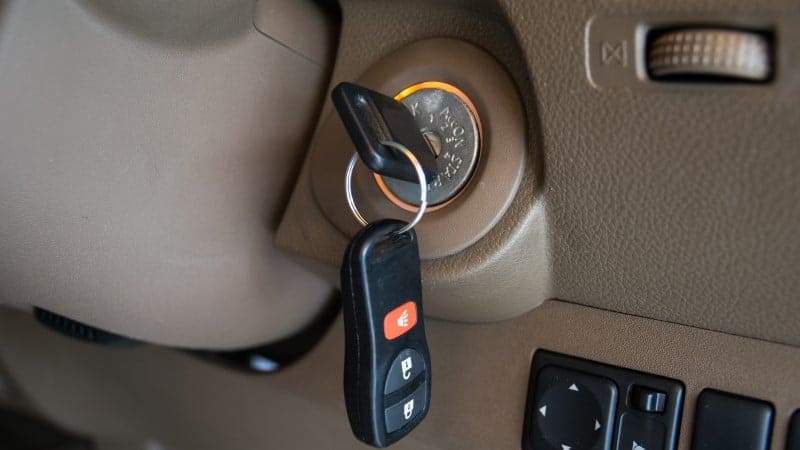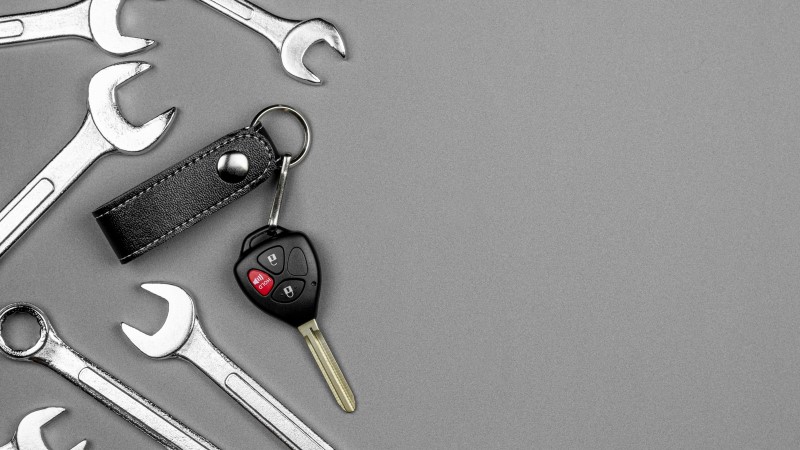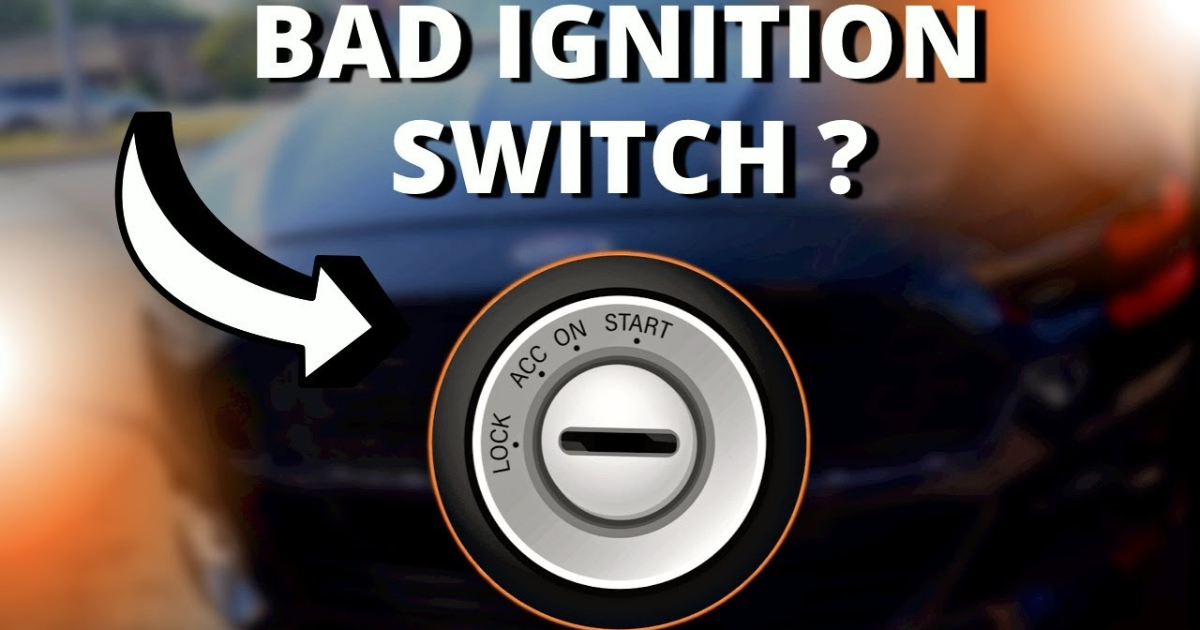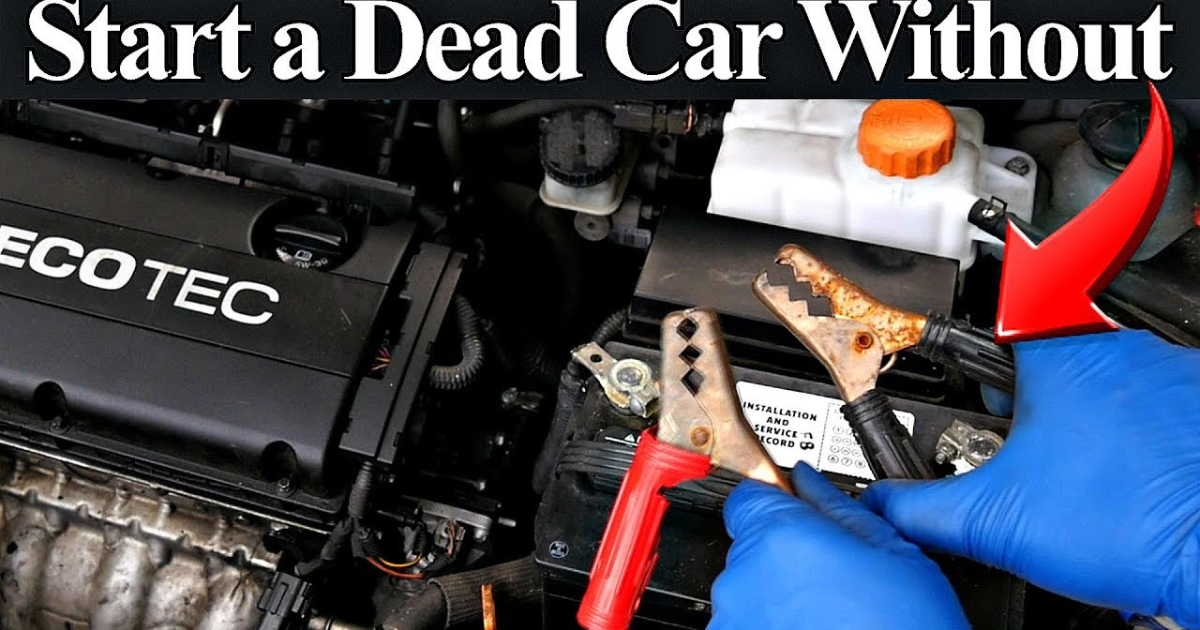Pressing the key into the ignition and turning it until you hear the starter sound is the first step when getting into your car and getting ready to go. But suppose you give it a go and it doesn’t work.
The first things that can come to mind when you notice that the engine won’t start are possible problems with the battery, the spark plugs, the injector pulse, the distributor cap, etc.

What are the signs of a bad ignition switch?
A better understanding of the ignition switch’s construction and operation is necessary before delving into the symptoms of a malfunctioning switch. To turn on your vehicle, locate the ignition switch.
It is the central component that activates the vehicle’s electrical systems, allowing the starter to turn the engine over for the first time.
Additionally, it supplies power to the electronic control unit (ECU) and ignition coil, which in turn supply the spark plugs with the voltages they require to fire in the proper sequence via the spark plug wire. Precise ignition timing is guaranteed by all of these.
Accordingly, you should look for at least one of the following symptoms to indicate a faulty ignition switch:
- Hard to turn the key
- The vehicle cannot start
- No starter motor sound
- Stalling vehicle
- Stuck steering wheel
How to start a car with a bad ignition switch?

If you’re having trouble starting your automobile and suspect a faulty ignition switch, you can follow these steps to start the engine without using the switch. If you have the right equipment and follow the steps, starting your car is a breeze.
Hotwiring
You might have success with this method if your vehicle was manufactured prior to the mid-90s. Once you’re inside the vehicle, find the column that controls the steering. After that, take off the plastic cover that has all the inside components fastened. That ought to reveal all the required components.
Finding the wiring harness connector is the next step. There are a lot of wires and cables in this region, so it could be difficult to find the precise connector. However, the middle of the steering column is usually where you’ll find it. Various accessories and light control wipers are associated with the remaining wires, cables, and connectors.
After that, you need to find the connections for the battery, ignition, and starter. The ignition is connected to the brown and yellow wires. The battery uses the red ones. Twist the battery wires together after stripping them down an inch from the insulation.
The lights will turn on and the electrical components will begin to function once you attach the ignition switch wire to the battery connection. To start the engine, detach the starter wire by half an inch and touch it to the battery wires that are connected. Now we need to start the engine. So, give it a little gas and see if it will go.
The drill and screwdriver
Be wary, though; this method might totally destroy the Ignition switch, even if it might work. It will also teach you how to get a car started when the key is stuck in the ignition.
Finding the keyhole is the first step; the second is to use a metal drill to bore into the hole to a depth equal to the key’s diameter. The ignition cylinder’s internal pins will be destroyed. After that, insert the screwdriver into the keyhole (it really serves as the key) and spin the key to start the automobile.
Jumper cables
Find the battery and ignition coil by opening the hood of your vehicle. Jumper cables should be used to link the positive end of the battery to the positive end of the coil. The dashboard, which is essential for starting the engine, will receive power from this.
Next, link the starter solenoid to the positive terminal of the battery after you’ve located it. After that, disconnect the solenoid from the wiring of the ignition switch. In order to short the solenoid’s positive terminal to the ignition switch post, you will need a screwdriver.
After you do this, the solenoid will turn on and the engine should start.
Conclusion
For a reliable start every time, check that the car’s ignition switch—the most used component—is in good working order. It needs fixing much like any other component in the vehicle. It becomes more vulnerable to wear and tear over time.
Use the information in this guide to find and fix problems on your own. But don’t be shy about getting expert assistance if you ever find yourself stuck. Doing so will prevent you from injuring yourself or causing a more serious issue.




